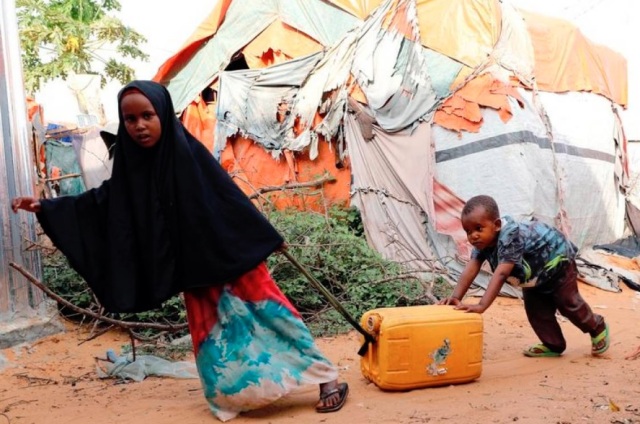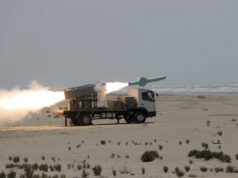Accessing popula acltions is a major challenge for the humanitarian sector in parts of Somalia. Widespread insecurity threatens the safety of aid workers, and can limit the ability to show accountability for funding. But some are asking whether humanitarians — and the donors funding them — have become too risk-averse, leaving huge swaths of the population unable to access aid, and encouraging movement to internal displacement camps where people can remain for long periods of time. For example, a widespread scale-up of humanitarian aid in 2017 was credited with averting famine in the country, but was largely limited to government-controlled and often urban areas because of “risks related to accountability for funds,” according to an analysis commissioned by the Somalia Inter-Agency Cash Working Group.
acltions is a major challenge for the humanitarian sector in parts of Somalia. Widespread insecurity threatens the safety of aid workers, and can limit the ability to show accountability for funding. But some are asking whether humanitarians — and the donors funding them — have become too risk-averse, leaving huge swaths of the population unable to access aid, and encouraging movement to internal displacement camps where people can remain for long periods of time. For example, a widespread scale-up of humanitarian aid in 2017 was credited with averting famine in the country, but was largely limited to government-controlled and often urban areas because of “risks related to accountability for funds,” according to an analysis commissioned by the Somalia Inter-Agency Cash Working Group.
Oversight of aid distributed in hard-to-reach areas can be challenging. Some thought “the humanitarian community could have tried harder but were too risk-averse,” the analysis stated. The country is now, once again, facing widespread food insecurity following poor rains. Devex sat down with Abdi-Rashid Haji, country director for Concern Worldwide, to discuss the challenge of managing risk in Somalia. He suggested working with local NGOs, which have better access to areas across the country and recommended honest conversations with donors about expectations.
That’s been the case. Agencies are trying to stay away from risks that might affect their funding and relationships with donors. In south-central Somalia there are many risks and you cannot avoid all of them. Some risks are manageable, and some risks are not 100% manageable. But there needs to be a willingness to engage with the situations and identify exactly what those risks are. Then, the sector needs to come up with measures that can assist with those risks. What has been happening over the last five to six years is agencies have become too risk-averse. This then compromises our ability to work and support people who are affected by humanitarian crises. It might be that some agencies decide not to go into a specific area, [for example].
There is also the pattern of spending too much time trying to ensure that everything is 100% secure. That can delay the delivery of humanitarian assistance. I think anybody working in these contexts needs to accept the reality that you can’t be 100% risk-averse. It’s a difficult scenario, though, for the humanitarian sector — moving forward on programming despite the risks? It’s about accepting the new reality in Somalia. It’s not a stable country … If you are not accepting that reality, go somewhere else. Also, be genuine in terms of what you can do and what you can’t.
One example is the selection process for beneficiaries. You can use community structures, not only NGOs or U.N. agency staff. There are trusted people in the community, like women self-help groups, education committees and teachers, respected village elders, Islamic scholars, farmers associations, among others. You work with them to identify families that are very vulnerable. Also, don’t expect a 100% success rate. Even if you get 70%, that’s success. Be genuine, go back, explain this to your donors. When it comes to donors, it’s about continuously educating them on the situation and also being open and transparent on how to improve accountability…..





